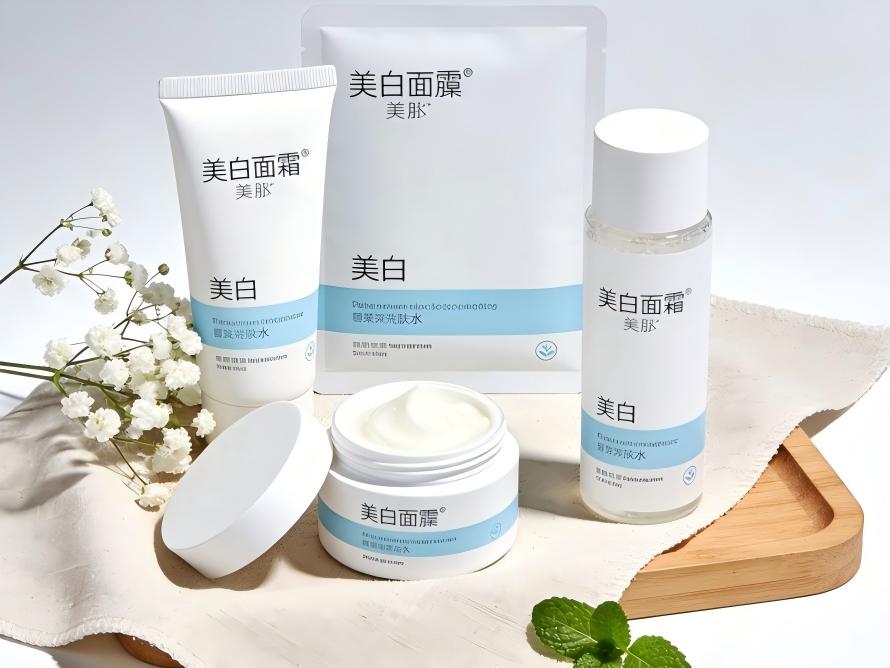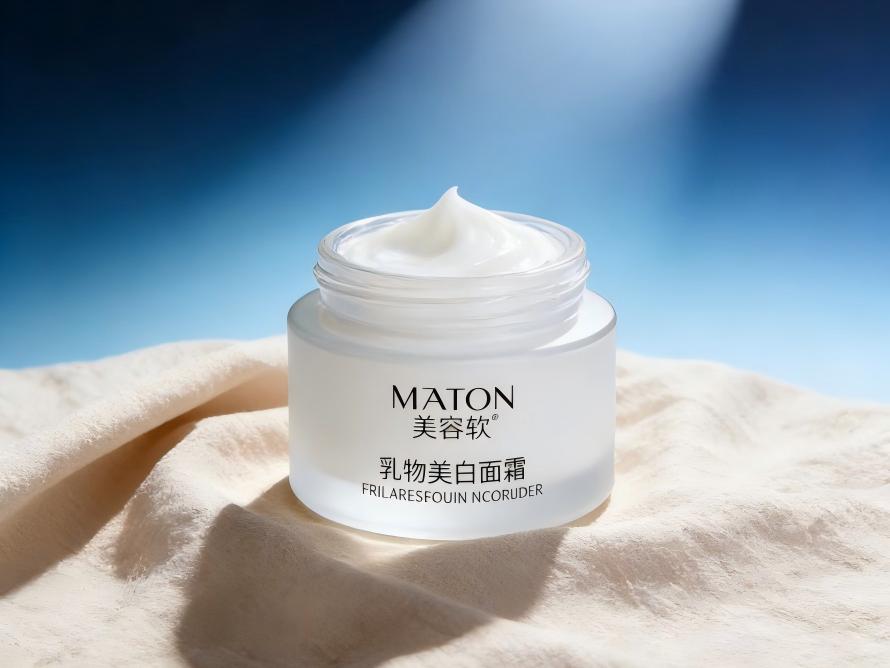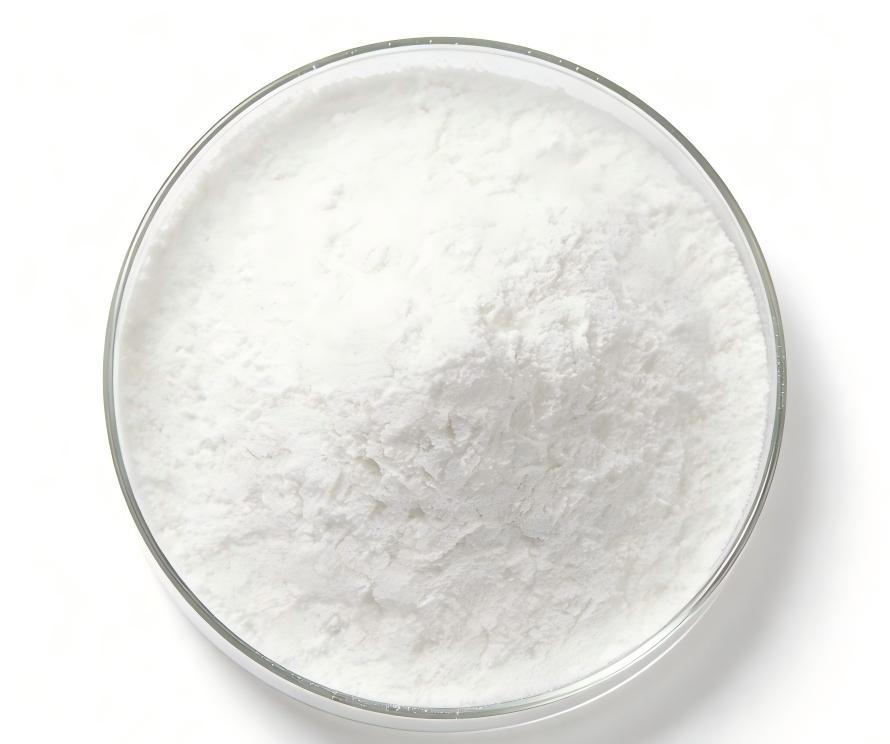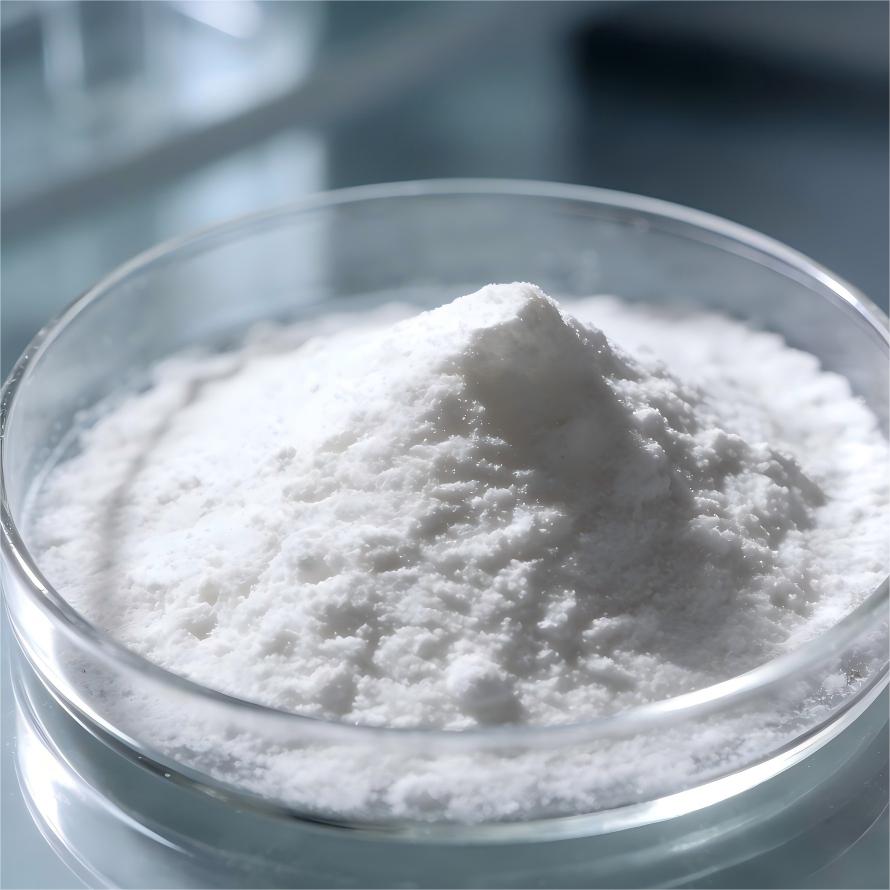Stable Reduced Glutathione Ingredient for Your Formulations
In the daily work of the formulation laboratory, every formulator deeply understands the powerful efficacy of reduced glutathione. Yet they all face the same challenge in practice: how to safeguard this precious bioactivity throughout the entire product development lifecycle?
From the moment the raw material is opened, through the mixing stage on the production line, to the product sitting on the consumer's vanity, reduced glutathione is constantly engaged in a “war” against oxygen, light, temperature, and even other ingredients within the formulation system. The direct consequences of this battle are:
· Silent efficacy decline: Inactivation of the active ingredient directly leads to a reduction in the product's core functionality.
· Challenges to formulation stability: Potential chain reactions causing color shifts, texture alterations, and more
· Consumer trust crisis: Ultimately undermining the brand's professional image and market reputation
These are not merely losses in technical parameters—they represent a dual depletion of the formulator's dedication and the brand's value.
However, today we announce to our fellow formulators: This battle between potency and stability is not an unsolvable problem.
Through persistent R&D breakthroughs by Green Spring Technology, we proudly introduce “Stable-Efficacy Reduced Glutathione”—a raw material solution specifically engineered for formulators. It not only preserves the full bioactivity of reduced glutathione but also achieves a qualitative leap in stability through innovative technology. This represents Green Spring Technology's profound understanding of formulators' challenges and embodies our commitment to the principle that “Science Creates Beauty.”
Part I: Core Advantages: Unveiling the Scientific Foundation Behind “Stable Efficacy”
In raw material R&D, every breakthrough in technical parameters stems from an extreme pursuit of detail. Green Spring Technology's “Stable Efficacy Reduced Glutathione” redefines raw material stability standards through three major technological innovations.
I. Source Control: Safeguarding Activity from the First Molecule
We understand that stability must be secured from the very beginning. Green Spring Technology employs a patented fermentation process and establishes a comprehensive inert gas protection system throughout the entire production flow:
· Nitrogen protection implemented during raw material feeding
· Complete isolation from oxygen exposure during purification
· Low-temperature vacuum drying technology used in the drying process
· Nitrogen-filled aluminum foil bags for sealed finished product packaging
This comprehensive protection system ensures glutathione molecules remain in optimal protective conditions from the very first production stage.
II. Quality Validation: A Stability Commitment Backed by Data
We validate our product's exceptional performance through rigorous stability testing:
· Accelerated stability testing shows glutathione content retention ≥98.5% after 3 months at 40°C ±2°C and 75% ±5% relative humidity
· Long-term stability studies confirm over 97% active ingredient retention within 24 months under specified storage conditions
· Oxidized glutathione (GSSG) content consistently maintained below 1.0%, significantly lower than industry standards
III. Formulation-Friendly: Simplifying R&D Work
Green Spring Technology's “Stable Reduced Glutathione” prioritizes practical application needs:
· Maintains stability across a broad pH range of 4.0–7.5
· Exhibits excellent compatibility with common antioxidants like Vitamin C and Vitamin E
· Demonstrates good stability in various emulsification systems
· Excellent flowability facilitates precise dosing in industrial production
We believe true innovation not only solves technical challenges but also brings tangible convenience to formulators' work. Green Spring Technology will continue upholding this philosophy to deliver more premium raw material solutions for the industry.
Part II: Reduced Glutathione Raw Material Empowers Diverse High-Performance Formulations
Leveraging its exceptional stability and bioactivity, Green Spring Technology's “Stable-Effect Reduced Glutathione” provides robust raw material support for developing various high-end skincare products. It empowers formulators to overcome technical bottlenecks and create more market-competitive products.
I. Premium Whitening and Spot-Reducing Serums
As a core whitening ingredient, “Stable-Effect Reduced Glutathione” provides formulators with reliable technical assurance:
· Source-Level Melanin Inhibition: Directly suppresses tyrosinase activity to block melanin production pathways at their source
· Multi-dimensional Brightening: Neutralizes free radicals generated during melanin synthesis, achieving skin tone illumination through multiple pathways
· Stability Assurance: Maintains whitening efficacy throughout shelf life and usage period
Particularly suitable for developing professional care products targeting stubborn dark spots, acne marks, and uneven skin tone.

II. Anti-Aging and Repair Products
In the anti-aging domain, this product demonstrates unique formulation value:
· Cellular Defense: Acts as a primary antioxidant, directly neutralizing free radicals that cause aging
· Repair Enhancement: Regenerates Vitamin C and Vitamin E, boosting overall antioxidant network efficacy
· Photoprotection: Assists in repairing UV-induced cellular damage
An ideal active ingredient for developing daytime protection and nighttime repair products.
III. Ampoules and Single-Dose Serums
For the increasingly popular ampoule and single-dose formats, this product offers significant advantages:
· Active Preservation: Exceptional stability perfectly matches these formulations demanding high active ingredient freshness
· Simplified Formulation: Allows use of more streamlined preservative systems, meeting consumer demand for clean formulas
· Instant Efficacy: Ensures optimal benefits are delivered with every application
IV. Sensitive Skin-Specific Formulation
This product also excels in mildness:
· Soothing Repair: Helps alleviate discomfort in sensitive skin through its anti-inflammatory properties
· Barrier Repair: Supports restoration of compromised skin barrier function
· Excellent Tolerance: Delivers efficacy while demonstrating outstanding skin compatibility
Particularly suitable for developing brightening and antioxidant products tailored for sensitive skin.
Green Spring Technology remains committed to providing formulators with premium ingredient options, jointly advancing innovation in the skincare industry. We look forward to collaborating with professional formulators to deliver safer, more effective skincare solutions for consumers.

Part III: Choosing Us Means Choosing Assurance and Efficacy
Green Spring Technology deeply understands the challenges formulators face during product development. Our “Stable-Effect Reduced Glutathione” is not merely an ingredient but a comprehensive solution designed to deliver multidimensional core value to our clients.
I. Enhanced R&D Efficiency
During product development, we help formulators achieve significant efficiency gains:
· Shortened R&D cycles: Exceptional ingredient stability drastically reduces formulation iterations caused by active ingredient degradation, potentially cutting development time by 30-40%
· Reduced development risks: Highly consistent batch-to-batch quality ensures reliable and reproducible experimental data
· Simplified formulation processes: Broad pH adaptability and excellent compatibility provide greater flexibility in formulation design
II. Enhanced Quality Assurance
We provide reliable assurance throughout the product lifecycle:
· Sustained efficacy: Ensures products maintain declared performance levels from manufacturing to consumer use
· Quality risk management: Stringent raw material standards minimize customer complaint risks from ingredient instability
· Shelf life assurance: Accelerated testing confirms active ingredient retention consistently meets standards throughout product validity
III. Brand Value Enhancement
Choosing Green Spring Technology's ingredients means selecting a higher level of brand endorsement:
· Establishing a Scientific Image: Leverage advanced ingredient technology and reliable data to build a professional, science-driven brand image
· Market Differentiation: Consistent efficacy performance helps products stand out in competitive categories, creating unique selling points
· Consumer Trust: Sustained, stable product results foster brand loyalty and increase repurchase rates

IV. Cost-Effectiveness Optimization
We are committed to delivering optimal cost solutions:
· Enhanced Production Efficiency: Superior processing properties boost production line efficiency and reduce manufacturing costs
· Minimized Material Loss: Stable characteristics effectively reduce material waste and rework expenses during production
· Comprehensive Cost Optimization: While individual batch costs may be slightly higher, overall cost-effectiveness significantly improves when considering R&D, production, and market performance
We believe true partnership extends beyond raw material supply to collaborative value creation. Green Spring Technology looks forward to joining hands with you. Through our professional technical support and reliable raw materials, we empower you to gain a competitive edge in the market.
Part IV: Partner with Green Spring Technology to Write a New Chapter in Formulation
Having witnessed how our “Stable-Efficacy Reduced Glutathione” resolves challenges of activity and stability while delivering significant value enhancement to products, now is the perfect time for you to experience its exceptional performance firsthand. Green Spring Technology stands ready to provide comprehensive collaboration support.
Sample Experience Service
· 50g trial samples available to meet your preliminary R&D needs
· Detailed technical specifications and application guidelines provided with samples
· Formulation compatibility testing for specific matrices supported
Technical Documentation Package
· Full Certificate of Analysis (COA) and stability study data
· Compatibility testing reports across diverse formulation systems
· Safety assessment documentation and regulatory compliance files
To begin your partnership journey with Green Spring Technology, contact us via:
Official Channels
· Official Website: https://www.greenspringnatural.com/
· Business Inquiries: helen@greenspringbio.com
· Technical Service Hotline: +86 13649243917
Service Commitment
· 12-hour response time for sample requests and technical inquiries
· 24-hour provision of preliminary solutions
· Sample delivery completed within 5 business days
Let us collaborate to harness technology for formulation innovation and jointly develop premium products with enhanced market competitiveness. Green Spring Technology looks forward to pioneering new horizons in skincare ingredient applications with you!
References
[1] Vina J. Glutathione: Metabolism and Physiological Functions [M]. cRc Press, Boca Raton, FL, 1990.
[2] Zheng Yunlang. Biological Functions of Glutathione[J]. Biological Bulletin, 1995, 30(5): 22-24 .
-
Prev
Natural Ingredient Cistanche Tubulosa Extract Empowers Health Products
-
Next
Green Spring Technology Provides Natural Glutathione Powder Solutions


 English
English French
French Spanish
Spanish Russian
Russian Korean
Korean Japanese
Japanese





